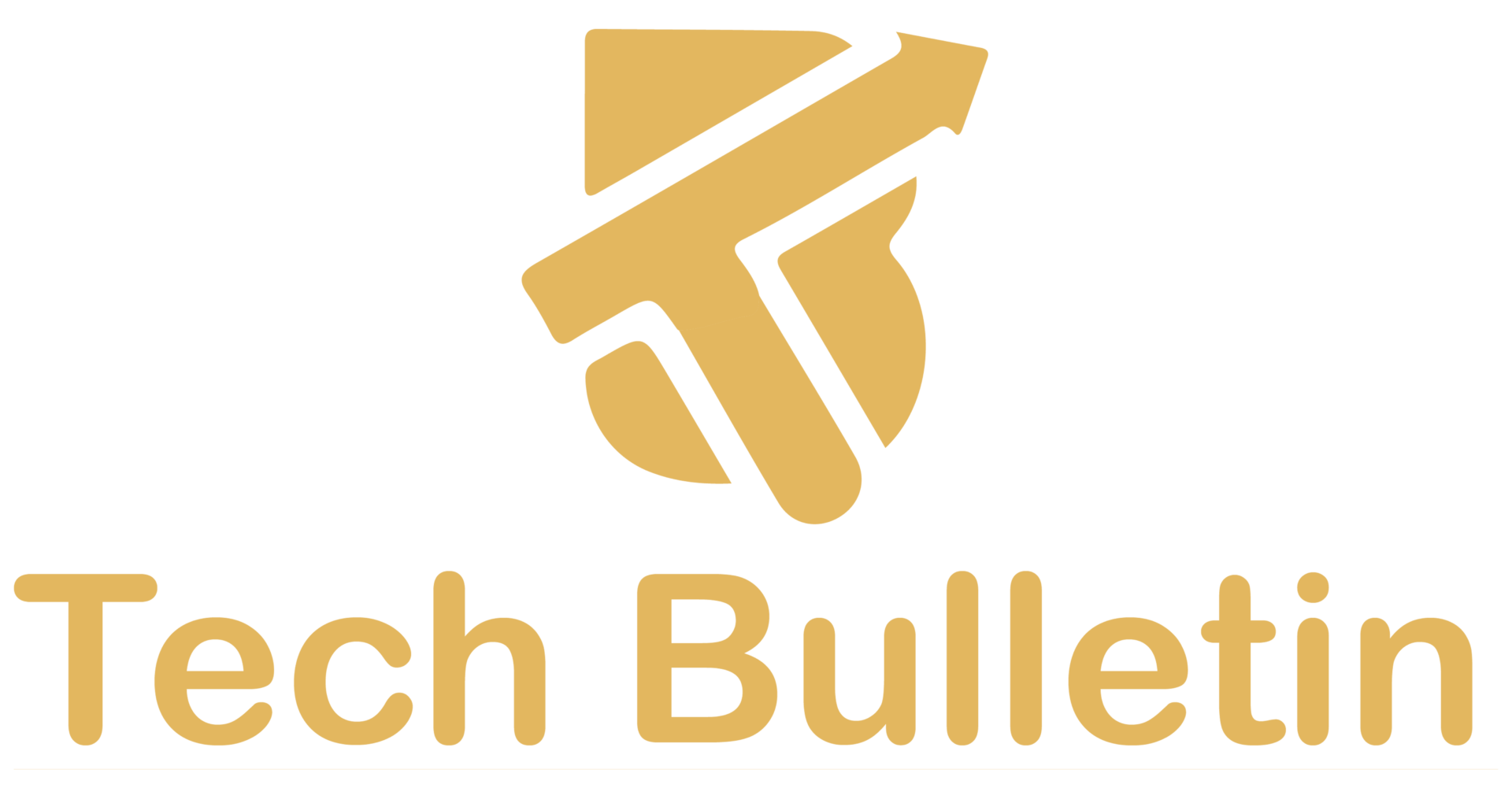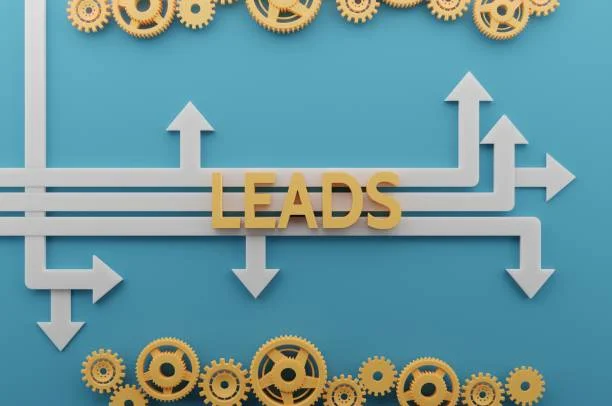Marketing Automation Mastery Top Strategies and Expert Tools to Skyrocket Your Business in 2025
Marketing automation refers to the use of software tools and technologies that help businesses automate their marketing tasks and processes. These tools can handle repetitive tasks such as sending emails, posting on social media, and managing ad campaigns, freeing up time for marketers to focus on strategy and creativity.
Businesses that adopt marketing automation typically see an increase in operational efficiency and a reduction in marketing costs. By automating workflows, companies can deliver consistent messaging and personalized experiences to their customers at scale. This not only boosts engagement but also improves conversion rates and customer loyalty.
Evolution of Marketing Automation Technology

Marketing automation has come a long way since its inception. In the early 2000s, basic email automation was the norm. Over time, these tools evolved into sophisticated platforms integrating CRM, social media, analytics, and artificial intelligence. Today, platforms offer features like behavior tracking, predictive lead scoring, and multi-channel campaign management.
With advances in data analytics and machine learning, modern marketing automation platforms can anticipate customer needs, personalize content in real time, and deliver insights that were once impossible to uncover. The evolution of this technology has transformed how companies interact with their customers and manage their marketing operations.
Benefits of Implementing Marketing Automation

Increased productivity and time efficiency
One of the most significant benefits of marketing automation is the time it saves. Tasks that once took hours, such as sending emails, segmenting audiences, or analyzing campaign results, can now be completed in minutes. Automation reduces the need for manual input, allowing teams to work more efficiently and focus on high-value activities like campaign strategy and creative development.
Improved customer targeting and personalization
Marketing automation enables businesses to collect and analyze customer data to create personalized marketing messages. Instead of sending one-size-fits-all communications, companies can segment their audiences based on behavior, demographics, and interests. This level of personalization leads to more relevant interactions and higher engagement rates.
Enhanced lead nurturing and scoring
With automated lead nurturing, businesses can guide prospects through the buyer’s journey with timely and relevant content. Lead scoring further refines this process by assigning values to leads based on their interactions with your brand. This ensures that sales teams focus their efforts on the most promising prospects, improving conversion rates and sales efficiency.
Core Components of a Marketing Automation System

CRM integration and contact management
A marketing automation platform must integrate seamlessly with your CRM system to centralize customer data and ensure smooth communication between sales and marketing teams. This integration allows for accurate tracking of customer interactions and a unified view of each lead.
Email marketing automation
Email remains one of the most powerful marketing channels. Automation allows businesses to send targeted emails triggered by specific actions, such as a user signing up for a newsletter or abandoning a shopping cart. These automated emails can re-engage users and drive conversions with minimal manual effort.
Social media scheduling and automation
With multiple platforms to manage, social media can be time-consuming. Automation tools help schedule posts, curate content, and track engagement across different networks. This ensures consistent online presence and timely interactions with followers.
Workflow creation and visual builders
Marketing automation platforms often include visual workflow builders that allow users to design complex sequences of marketing actions. These workflows can automate email sequences, social posts, and lead-scoring activities based on user behavior, creating a dynamic and responsive marketing system.
How Marketing Automation Improves Customer Journeys

Real-time behavior tracking and personalization
Modern automation tools track customer behavior in real time, capturing data like website visits, email opens, and content downloads. This data enables marketers to tailor communications based on individual interests and actions, improving the relevance and impact of every interaction.
Multi-channel engagement and lifecycle marketing
Marketing automation supports engagement across multiple channels including email, social media, SMS, and more. It ensures consistent messaging throughout the customer lifecycle—from awareness to conversion and retention, creating a seamless and cohesive experience.
Popular Marketing Automation Platforms in 2025

HubSpot features and pricing
HubSpot remains a dominant player in the marketing automation space, offering a wide range of tools under one platform. It includes CRM integration, email automation, landing page creation, and analytics. One of HubSpot’s key strengths is its user-friendly interface and robust knowledge base, making it accessible for both small businesses and large enterprises. HubSpot’s pricing varies based on features and the number of contacts, with options for free tools and premium plans that scale as businesses grow.
ActiveCampaign use cases
ActiveCampaign excels in delivering customer experience automation. It provides powerful email marketing capabilities, CRM, and automation workflows that can be tailored for e-commerce, B2B, and service-based businesses. Users often highlight its dynamic content, behavioral automation, and affordable pricing as standout features. It’s particularly popular among businesses that need a high level of personalization without a steep learning curve.
Mailchimp for SMBs
Mailchimp has transitioned from a simple email marketing tool to a full-fledged marketing automation platform. It offers tools for customer segmentation, automated journeys, and even AI-assisted content creation. With its intuitive drag-and-drop interface, Mailchimp is ideal for small to mid-sized businesses looking for an easy-to-use yet powerful solution. Pricing is flexible, and free plans are available for startups.
Marketo for enterprises
Adobe’s Marketo Engage is tailored for large enterprises that need advanced marketing solutions. It offers extensive features for account-based marketing, lead management, and complex campaign orchestration. Marketo is highly customizable and integrates well with Salesforce and other enterprise software. Although it requires a steeper learning curve and investment, its capabilities are unmatched in handling high-scale marketing operations.
Creating a Marketing Automation Strategy

Defining business goals and target audience
Before implementing automation, businesses must clearly define what they aim to achieve—be it lead generation, customer retention, or sales growth. Equally important is understanding the target audience. Creating detailed buyer personas helps tailor automation workflows to the needs and behaviors of different customer segments.
Mapping the customer journey
Mapping the customer journey allows marketers to identify touchpoints where automation can add value. For example, welcome emails for new subscribers or reminder emails for abandoned carts. This process ensures that customers receive timely and relevant communications throughout their lifecycle.
Selecting the right tools
With numerous marketing automation platforms available, selecting the right one depends on your budget, business size, and specific goals. Consider tools that integrate with your existing tech stack and offer scalability as your needs evolve. A demo or trial period can help evaluate usability and support.
Measuring ROI and analytics
The success of any automation strategy depends on performance tracking. Marketers should define KPIs such as email open rates, conversion rates, and cost per lead. Most platforms offer built-in analytics dashboards that visualize these metrics, making it easier to optimize campaigns and demonstrate ROI.
Content Marketing and Automation Integration

Auto-publishing and content personalization
Automation tools allow marketers to schedule content across blogs, emails, and social media platforms. More importantly, they enable personalization based on user behavior, ensuring that each piece of content resonates with its audience. Personalized content increases engagement and drives more meaningful interactions.
Blog and video content scheduling
Using automation to plan and publish blog posts or videos ensures consistency in content delivery. Tools like CoSchedule or Buffer integrate with content calendars, allowing teams to coordinate campaigns effectively. Scheduled releases also help maintain SEO momentum and audience interest.
Email Campaign Automation Best Practices
Creating segmented email lists
Segmentation is the backbone of successful email marketing automation. Instead of sending generic messages to an entire list, segmentation allows marketers to group contacts based on demographics, purchase history, engagement levels, and more. This results in highly targeted campaigns that resonate with the recipient and drive better outcomes.
Designing triggered and drip campaigns
Triggered campaigns are automated emails sent based on user actions, such as signing up for a newsletter or abandoning a cart. Drip campaigns, on the other hand, are a series of scheduled emails sent over time to educate or nurture a lead. Both types of campaigns are essential in guiding prospects through the marketing funnel and increasing the likelihood of conversions.
Optimizing open rates and click-throughs
Even the best-designed emails won’t perform well if they’re not opened. To boost open rates, marketers should craft compelling subject lines, personalize content, and send emails at optimal times. A/B testing subject lines and call-to-actions can reveal what resonates best with your audience. Additionally, ensuring mobile responsiveness and reducing image load times helps improve click-through rates.
Lead Generation with Automation
Automated forms and landing pages
Marketing automation tools enable the creation of smart forms and landing pages that automatically capture visitor information. These forms can be embedded on websites or linked from social media ads, making lead collection seamless. The data collected is instantly added to the CRM, where leads can be scored and categorized.
Lead magnets and email capture tactics
Offering valuable resources such as eBooks, checklists, or webinars in exchange for email addresses is a proven lead generation tactic. Automation platforms streamline this exchange by delivering the lead magnet immediately after form submission and enrolling the new contact into a nurturing sequence.
Scoring and nurturing leads automatically
Lead scoring assigns value to each lead based on engagement level, demographics, and purchase intent. Automated nurturing workflows then guide leads through the sales funnel, delivering relevant content based on their score and actions. This ensures that only sales-ready leads are passed to the sales team, increasing efficiency and closing rates.
Social Media Automation Essentials
Scheduling tools for various platforms
Tools like Buffer, Hootsuite, and Sprout Social allow marketers to schedule posts across multiple social networks from one dashboard. This consistency is crucial for brand visibility and audience engagement. These tools also offer performance metrics to help refine social media strategies.
Engagement tracking and analytics
Monitoring likes, shares, comments, and mentions across social media helps businesses understand what content resonates. Marketing automation tools consolidate this data, providing insights into user behavior and preferences. These insights inform future content strategies and enhance audience engagement.
Automating responses and social listening
Automation can also be used to manage direct messages, thank new followers, and respond to common queries. Social listening tools track brand mentions and industry keywords, allowing companies to engage with their audience proactively and protect their online reputation.
Challenges in Marketing Automation
Avoiding over-automation and spamming
While automation is powerful, overusing it can harm customer relationships. Bombarding users with emails or repetitive messages can lead to unsubscribes and negative brand perception. Marketers should balance automation with human oversight to ensure messages remain relevant and valuable.
Maintaining personalization and a human touch
Automation must not come at the cost of authenticity. Using dynamic fields for names and preferences is just the start. Including personalized recommendations, tailoring content to user behavior, and maintaining a conversational tone helps retain the human element in automated communications.
Integration and technical complexity
Implementing marketing automation can be complex, especially for businesses with legacy systems. Ensuring seamless integration between automation tools, CRM, analytics platforms, and other software requires planning and sometimes, technical support. Proper training and onboarding are essential for maximizing value.







